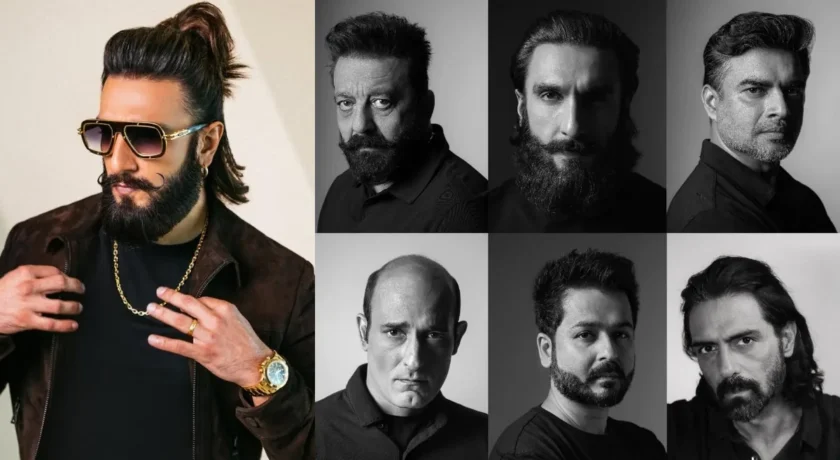Kolkata: Paoli Dam has never been an actress who shies away from complexity, and her latest performance in Ganoshotru is another reminder of why she remains one of Bengali cinema’s most fearless performers. In the crime-thriller anthology, she steps into the formidable shoes of Troilokko Tarini, an 18th-century widow pushed into the brutal underbelly of a red-light district, only to rise as one of the most feared extortionists of her time. It’s a character forged in oppression, survival, and defiance—an emotionally dense space that Paoli inhabits with quiet intensity and piercing depth.
With Ganoshotru, she dives into a world shaped by patriarchy, colonial violence, and the instinct to endure at any cost. Drawing from years of personal research and an intuitive understanding of the era, Paoli brings to life a woman who was neither a hero nor a villain, but a product of the society that created her. As she discusses her preparation, her connection to Troilokko, and her experience working on the anthology, Paoli offers a rare glimpse into the emotional and intellectual rigour behind one of her most striking roles yet.
Can you describe your character in Ganoshotru and what drew you to this particular role in a Bengali crime thriller?
Troilokko Tarini belonged to the 18th century, a young widow who was sold into a red-light district against her will. She was a woman crushed by patriarchy and colonialism at a time when India wasn’t even independent. Her entire journey was about survival and rising above circumstances she never chose. That’s what eventually shaped her into one of the most ruthless extortionists of that era. What fascinated me was her psyche, how a woman, forced into an oppressive world, uses intelligence, strategy, and sheer willpower to become the best at what she does. She’s a real character, and I’ve been wanting to play her for years. The research I had already done made me even more drawn to her.
What kind of research or training did you undertake to authentically portray your character in this intense crime narrative?
I had been reading about Troilokko for years, not just her story, but the period in which she belonged. She was a woman crushed by patriarchy and colonial rule, yet she fought to emerge from that crisis. Since the character is set in the 18th century, the historical context was crucial. All the material I had read helped me immensely once I was on set.
Even though my shoot spanned just three days because it was a 40–42-minute episode, the preparation was already ingrained. And of course, the team, especially our director, Madhura Palit, who was making her debut, made the entire process collaborative and enriching.

I genuinely believe none of these characters are born criminals; society creates its own Frankenstein. Troilokko was exactly that a product of the times, using survival as her only weapon
Sharing the screen with rising stars like Ayush Das and Debopriyo Mukherjee must be invigorating. What surprised you about their performances or contributions to the series?
Interestingly, we never meet on screen. Since Ganoshotru is an anthology, Troilokko’s story doesn’t intersect with Rashid Khan, Shajol Barui, or Kuba Shabuk Shamul. But it’s a brilliant idea, our characters meeting would have created a surreal, magical universe. Maybe someday someone will bring all of them together for a larger story. I would absolutely love that.
Reflecting on this project, what new skills or insights into acting did you gain from working on Ganoshotru?
Working on Ganoshotru was a fantastic experience. We shot at the beautiful Ishapur Rajbari, and even though I was there for just three days, the team’s dedication made it feel much bigger. The response since the release has been overwhelming; people message me every day with their reactions. Playing Troilokko was something I always wanted, but I still feel this was just a teaser. There’s so much more that can be explored. None of the characters share screen space because it’s an anthology, but I truly hope one day I get to portray Troilokko on a much larger canvas





